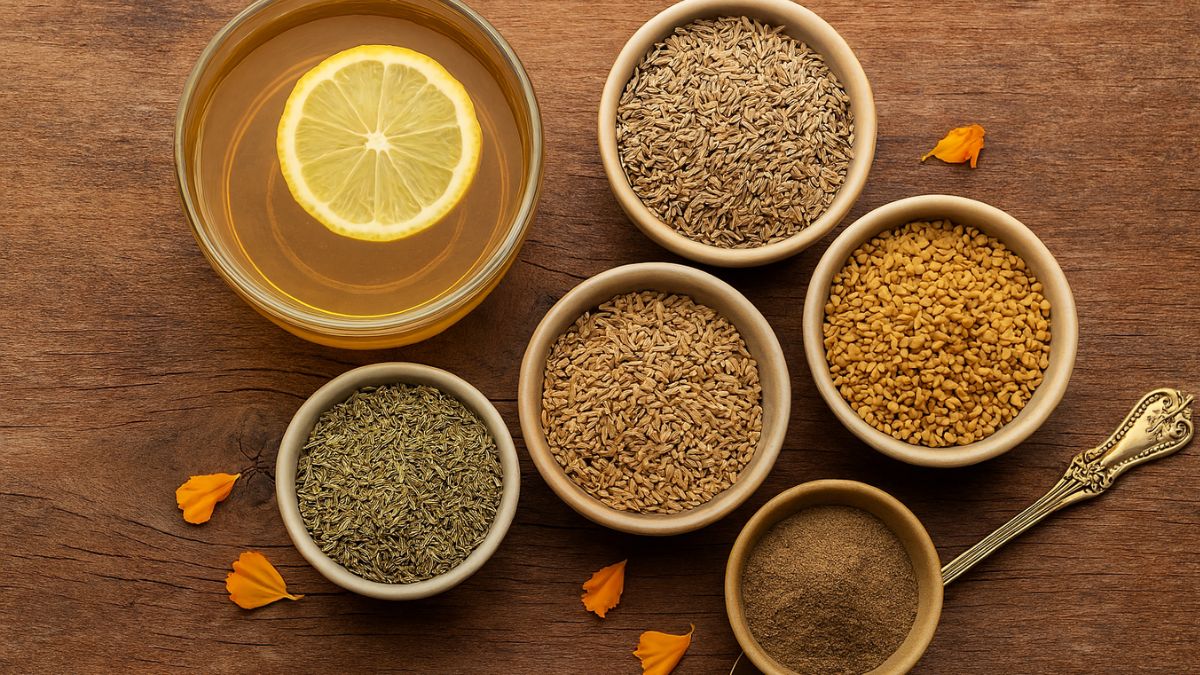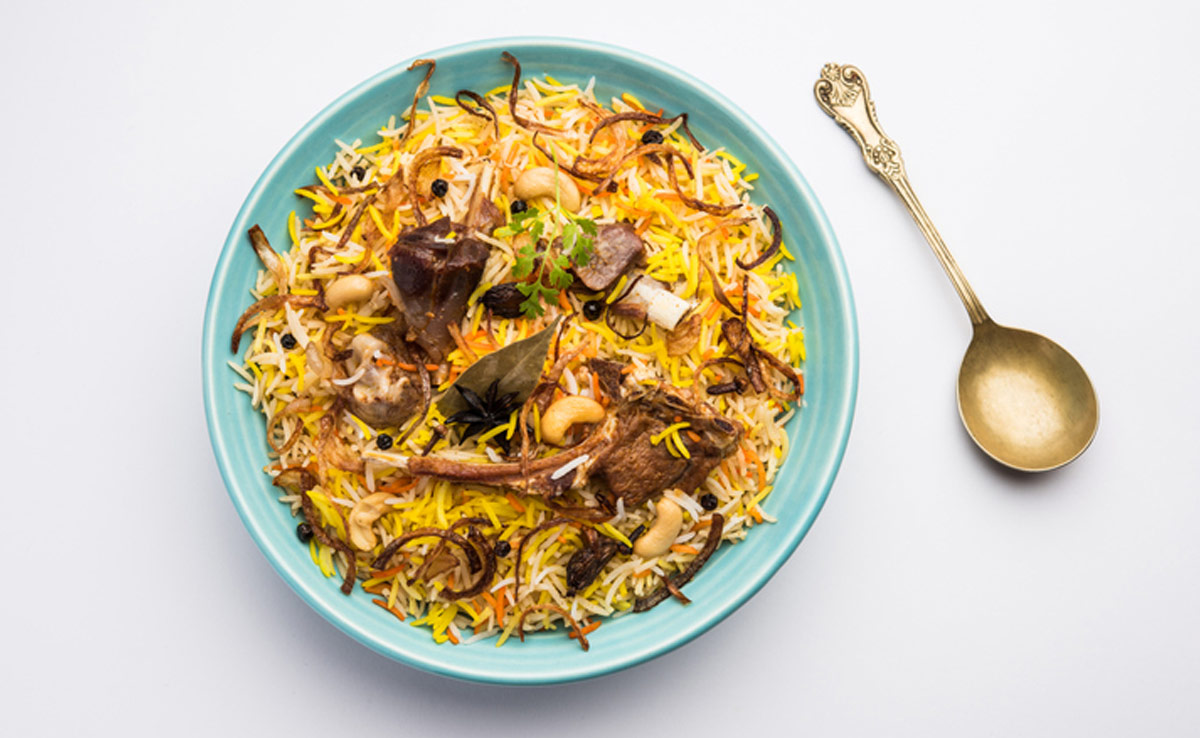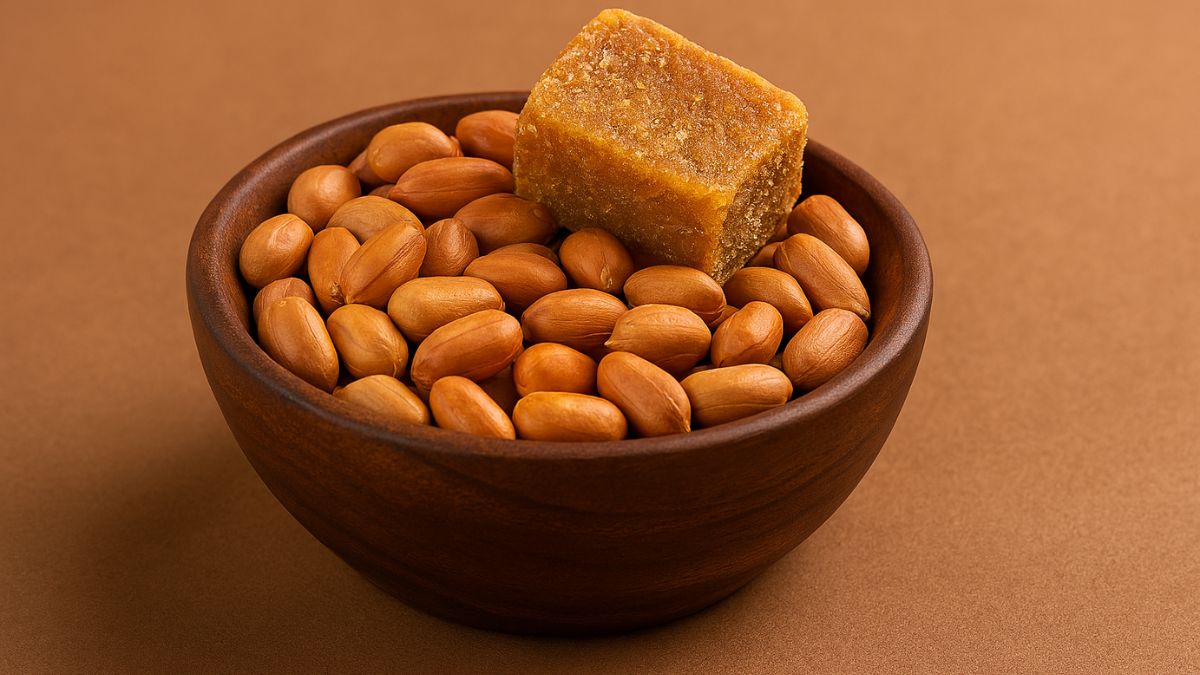From morning smoothies and homemade chutneys to nut butters and protein shakes, grinding and blending food has become a regular part of many of our diets today. It's fast, convenient and a great way to pack in multiple ingredients at once. But have you ever wondered if blending or grinding fruits and vegetables affects their nutritional value? Some believe the heat and air introduced during the process can lead to nutrient loss, while others argue that it makes food easier to digest and nutrients more absorbable. So, what's the real deal? Let's find out the truth from nutritionist Amita Gadre.
What Really Happens When You Blend Or Grind Food?
Blending and grinding break down food into smaller particles, making it easier to chew, digest and in many cases, absorb. This can be especially helpful for people with digestive issues or those who need quick meals without compromising on variety. However, certain nutrients are sensitive to exposure.
Also Read: Zero-Oil Ghugni Recipe From Streets Of Kolkata Is Perfect Blend Of Health, Taste

Photo Credit: iStock
The Truth About Grinding And Blending Food
According to Amita Gadre, there's both good news and bad news when it comes to grinding and blending food.
What Are The Benefits Of Grinding And Blending Food
Macronutrients like protein, fat, carbs and fibre remain unchanged when you grind or blend food, making it easier to digest and absorb nutrients. As Amita Gadre notes, "In fact, some people might find that they can digest foods like seeds and nuts better when they eat them as a seed powder or nut butter."
What Are The Disadvantages Of Blending And Grinding Food
Grinding and blending can change the food matrix and lead to a loss of certain nutrients, specifically vitamins C and B complex. She advises caution, saying, "You need to be careful about what you are grinding and blending." For example, blending fruits into juice can be problematic, and it's generally best to consume whole fruits instead. However, blending fruits with protein supplements is a better option, as it's "not as alarming as drinking fruit juice."
Watch the full video below:
How To Minimise Nutrient Loss While Blending Food
If you're concerned about preserving nutrients while blending, a few simple tips can help:
- Blend just before eating to keep nutrients intact
- Avoid high speeds and long blending times
- Use a slow-speed or cold-press blender if available
- Store smoothies in airtight containers if needed
- Add lemon juice to slow down oxidation, especially in green drinks
How Does Blending And Grinding Affect The Glycaemic Index Of Food?
Blending and grinding food can break down complex carbohydrates into simpler sugars, potentially affecting the glycaemic index. However, adding protein or healthy fats to blended foods can help mitigate this effect.
Also Read: 6 Street Foods That Are Safe To Eat Even When It Rains
By being mindful of what you blend and grind and making a few adjustments to your diet, you can minimise nutrient loss and enjoy the benefits of these food processing methods.













